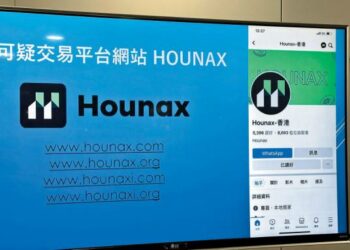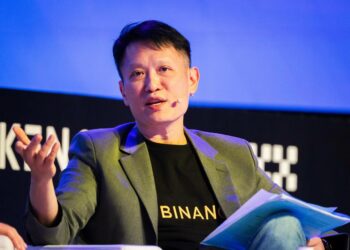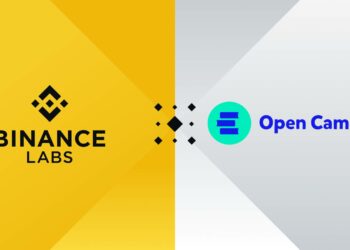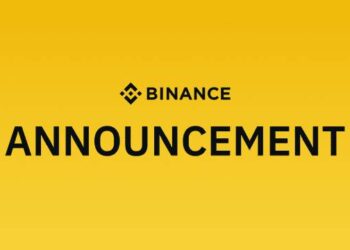
NFT is great, but…
The flourishing of the NFT market is remarkable. This year, we have seen NFT projects bring in impressive profits. But for most people, getting involved isn’t easy.
The first problem, it requires a relatively large amount of capital to participate in the auction in the primary market. The different buying and selling markets can also be confusing for newcomers as most casual investors don’t have the time to follow all the platforms.
So what about the secondary market? If you miss the token or cryptocurrency sale (which happens often), you can still buy them on centralized or decentralized exchanges. But for the NFT, it’s a different story.
By exact definition, NFTs are non-fungible, unique and indivisible assets, meaning that buyers can only receive NFTs when their owners decide to sell them all, unlike bitcoin. can be divided into Satoshi units, the NFT cannot be sold as a fraction like a piece of cake.
Non-fungible assets are traded at a much lower frequency than fungible assets. CryptoPunks, the first and most widely recognized NFT, only had 1/44035 of ETH’s trading volume in the past week. Even the top 7 NFT Projects have a limited number of transactions.
Due to the unique characteristics of NFTs, liquidity has hindered dissemination with barriers to entry into the NFT market.
Leverage the power of DeFi
With the help of DeFi, individual investors can now participate without having to purchase the entire NFT. The most common method to achieve better liquidity is to convert NFTs to ERC20 tokens. Some examples include:
Token B20
In mid-January 2021, Metapurse (NFT production and investment company) announced that it would share ownership of its $2.2 million Beeple crypto art collection. Metapurse presents its NFT collection and digital museum through its B20 token.
These tokens were also held for a public sale on January 23, 2021. About 16% of its ownership was sold for 36 cents each, allowing individual investors to own a portion of the token. B20 Beeple art collection.
NFT 20
Aiming to improve the liquidity and utility of NFT, NFT 20 is a permissionless P2P protocol to generate NFT tokens. Users can deposit NFTs into the pool and receive corresponding NFT20 tokens. These tokens can be used in high-quality NFT auctions, traded on decentralized cryptocurrency exchanges (DEXs) like Uniswap, or sold if there is sufficient liquidity. NFT 20 collects 5% from all encrypted NFTs.
As of June 3, 2021, there were more than 6200 NFTs locked in smart contracts and over 5000 NFT20 transactions per week.
Phantom Protocol
As a synthetic asset protocol, Phantom allows users to build pNFT tokens (ERC20) to the value of NFT assets by collateralizing NFT assets or cryptocurrency.
Once built, the pNFT token will be ready for trading. This synthetic asset approach is especially suitable for investors who simply want to make money buying and selling without having to buy back the actual assets.
Assume a user purchases NFT from Paris Hilton. Individuals can commit to Phantom smart contracts and generate pNFT tokens for easy trading. Those who want to participate in the investment can then purchase pNFT tokens in the DEX.
More benefits when trading NFT with DeFi
With DeFi tools, users can now overcome high capital requirements through buying and selling a fragmented NFT for a return on investment.
Furthermore, these investment methods offer unique benefits over direct NFT trading. Take Phantom as an example:
Liquidity mining profit Lợi
Users can create pNFT & cryptocurrency trading pairs (e.g. pCryptoPunks & USDC tokens), stake them in liquidity pools like Moonswap or Uniswap and get PHM mining rewards.
Save on handling fees
Another advantage of using Phantom is cross-chain transactions. The high gas fee in the Ethereum network is quite high, users can use Conflux or BSC chain with lower fees, reducing investment costs.
Synthetic
Maybe you are interested:





